In the realm of modern manufacturing, the laser welding machine stands as a testament to precision engineering and technological innovation. Leveraging the power of focused light, these machines have revolutionized the way industries join materials, offering unmatched accuracy and efficiency in the process.
How Laser Welding Works
At its core, laser welding utilizes a highly concentrated beam of light to fuse materials together. This beam is generated through the stimulation of a laser medium, which could be a solid, liquid, or gas. The resulting beam is then directed through optics that precisely focus it onto the welding point. Unlike traditional welding methods that use electric arcs or gas flames, laser welding creates minimal heat-affected zones, reducing the risk of material distortion and preserving the integrity of the workpiece.
Applications Across Industries
The versatility of laser welding machines makes them indispensable across various sectors. In automotive manufacturing, for instance, these machines are used to weld components with unparalleled speed and accuracy, ensuring the structural integrity of vehicles. In electronics, delicate components can be seamlessly integrated without damage, thanks to the precise control over the welding process.
Benefits and Advantages
Precision: Laser welding offers micron-level precision, making it ideal for intricate designs and delicate materials.
Speed: The speed of laser welding surpasses traditional methods, enhancing productivity and reducing manufacturing lead times.
Quality: Welds produced by laser machines are typically stronger and more durable due to the controlled application of heat.
Versatility: Whether welding thin foils or thick metals, laser welding machines adapt to a wide range of materials and thicknesses.
Automation Compatibility: Integrating with robotic arms and CNC systems, laser welding machines support automated production lines, further streamlining manufacturing processes.



 English
English 中文简体
中文简体 Español
Español русский
русский
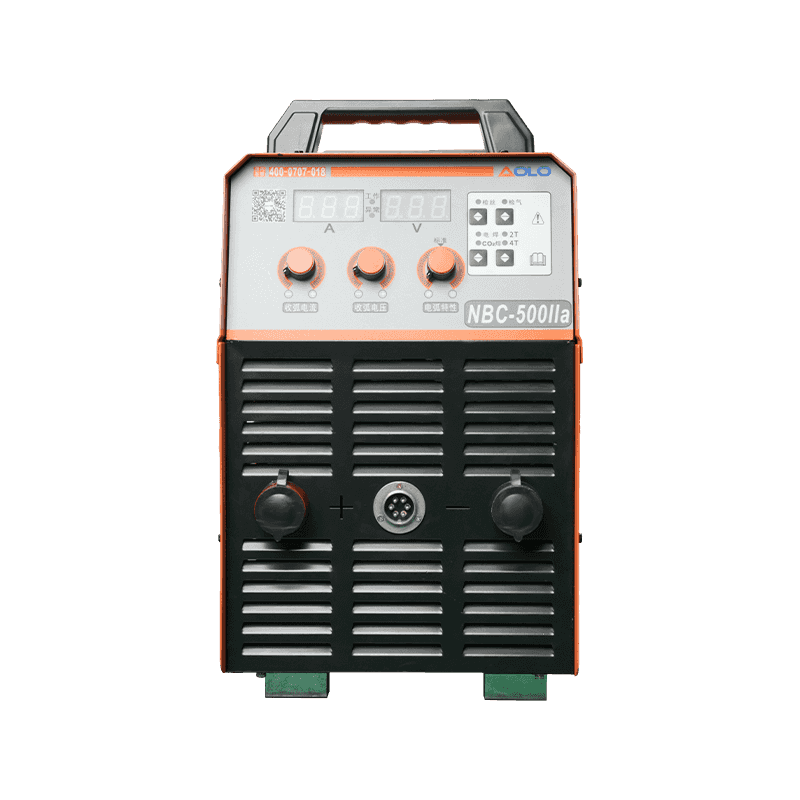
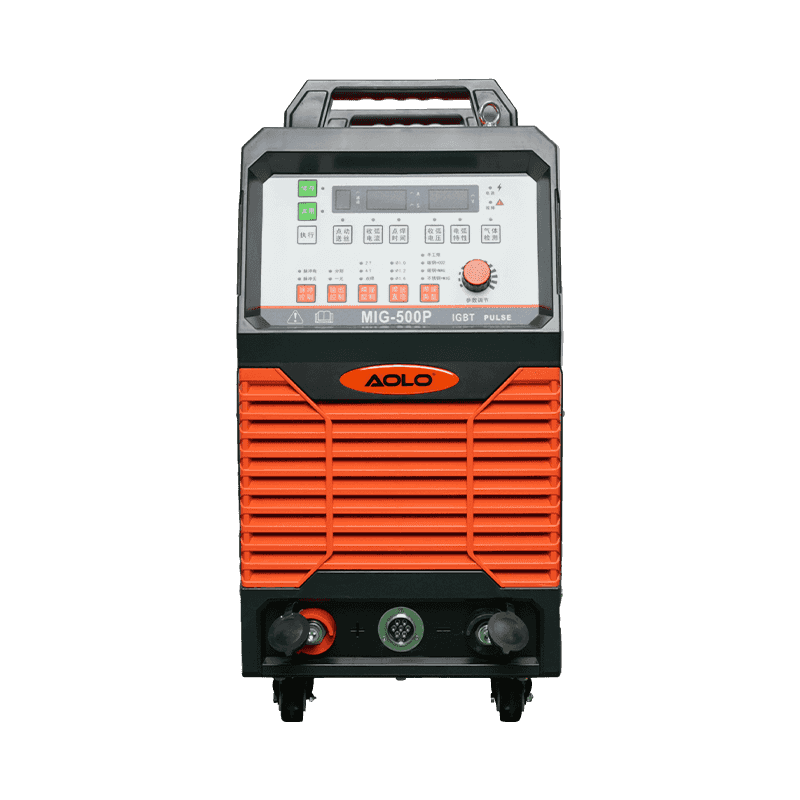
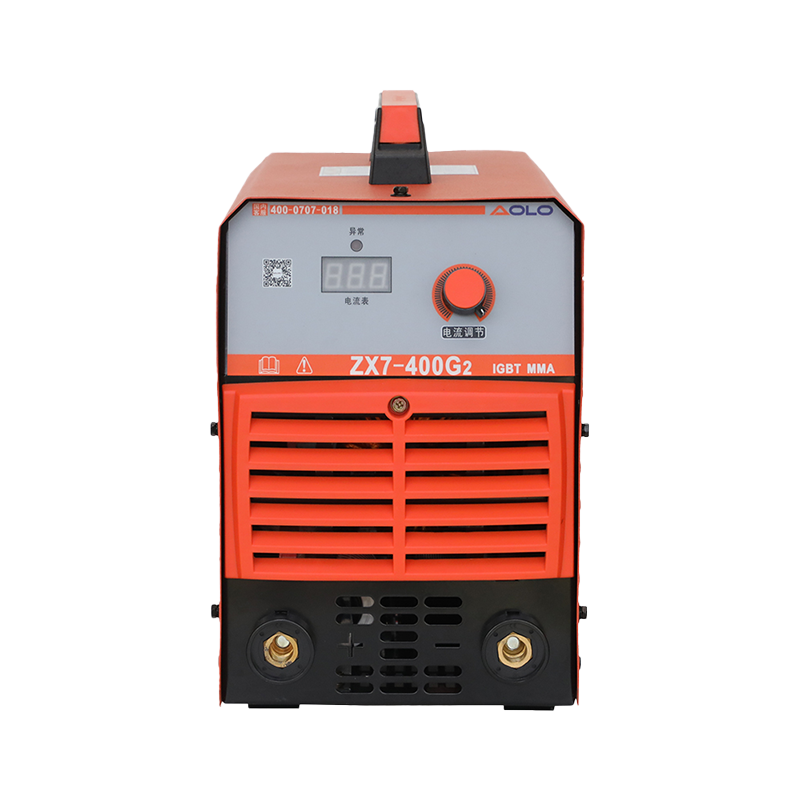
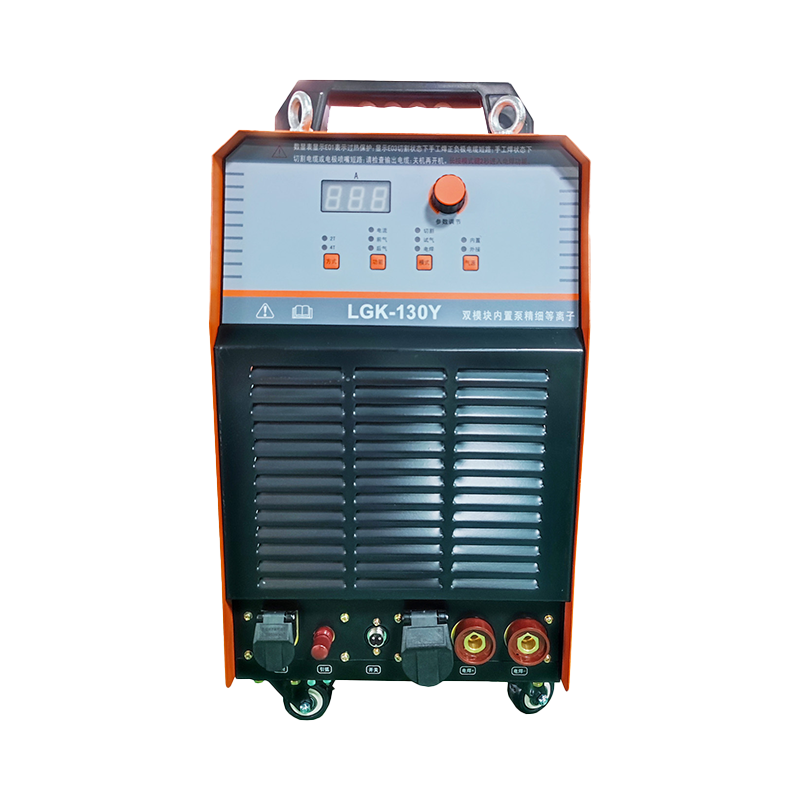
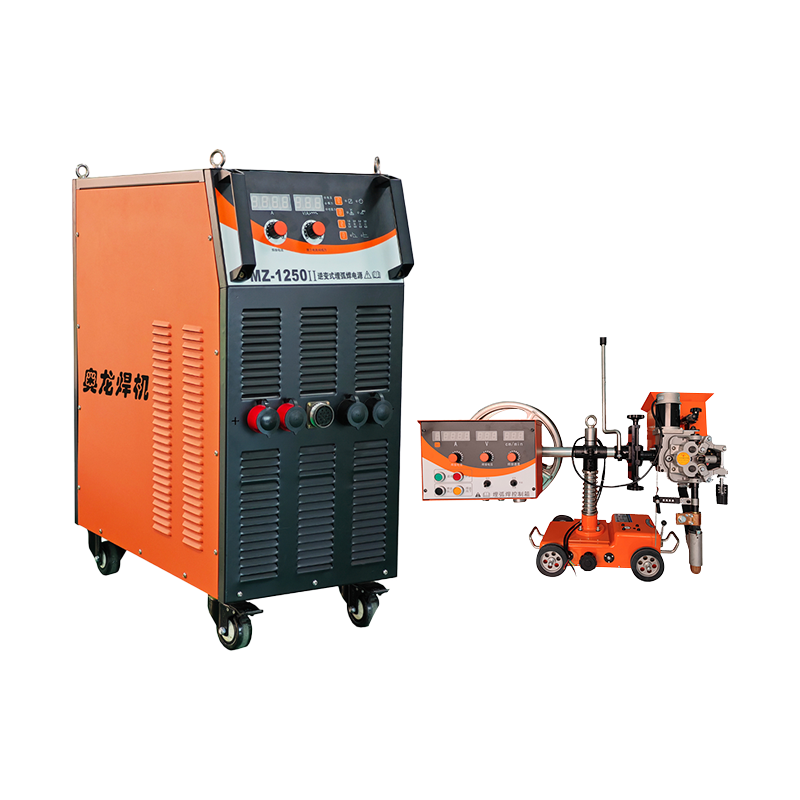
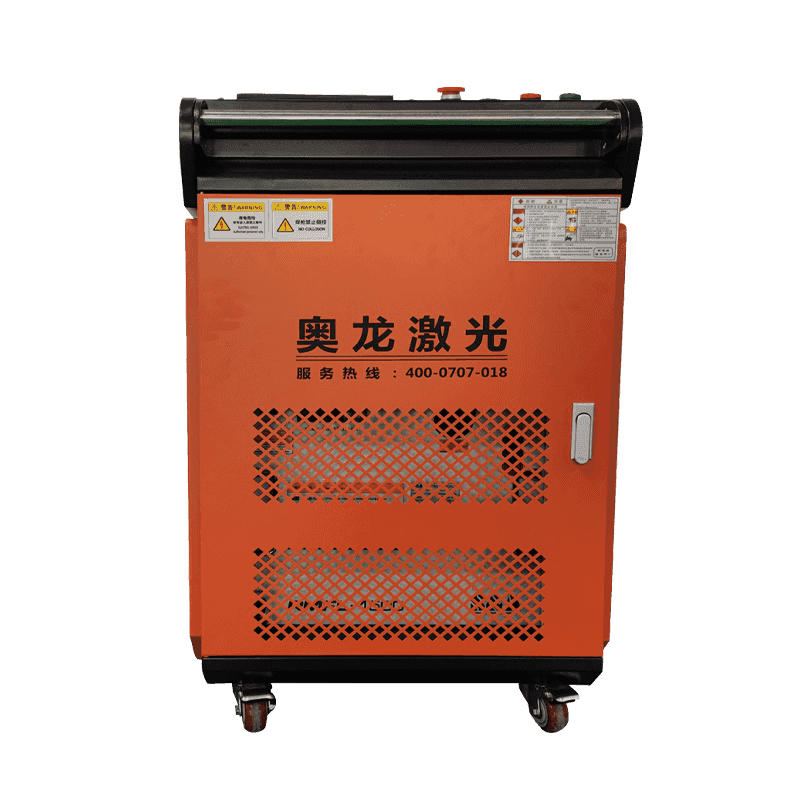
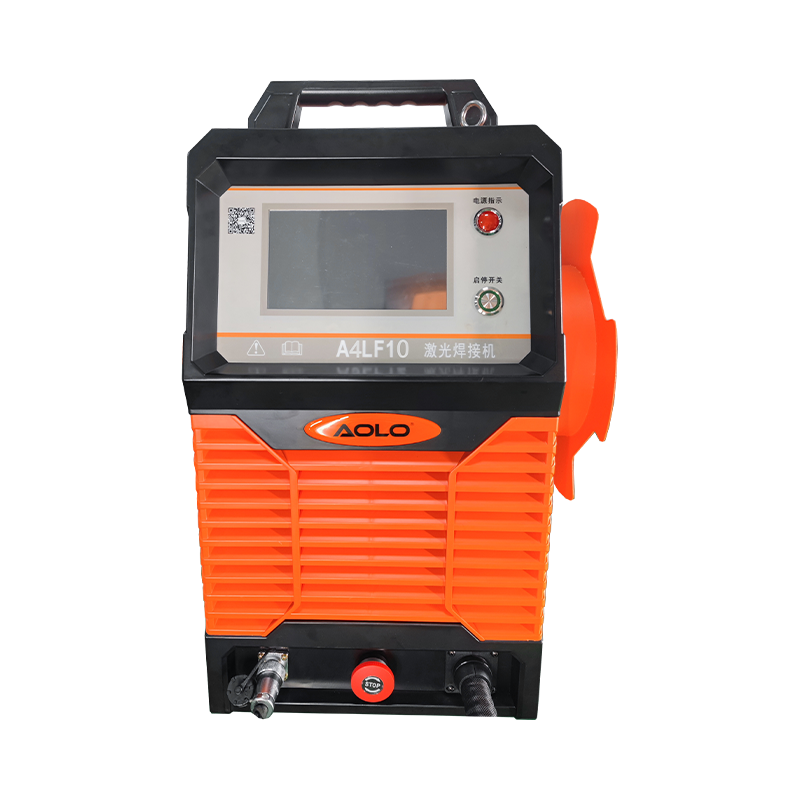
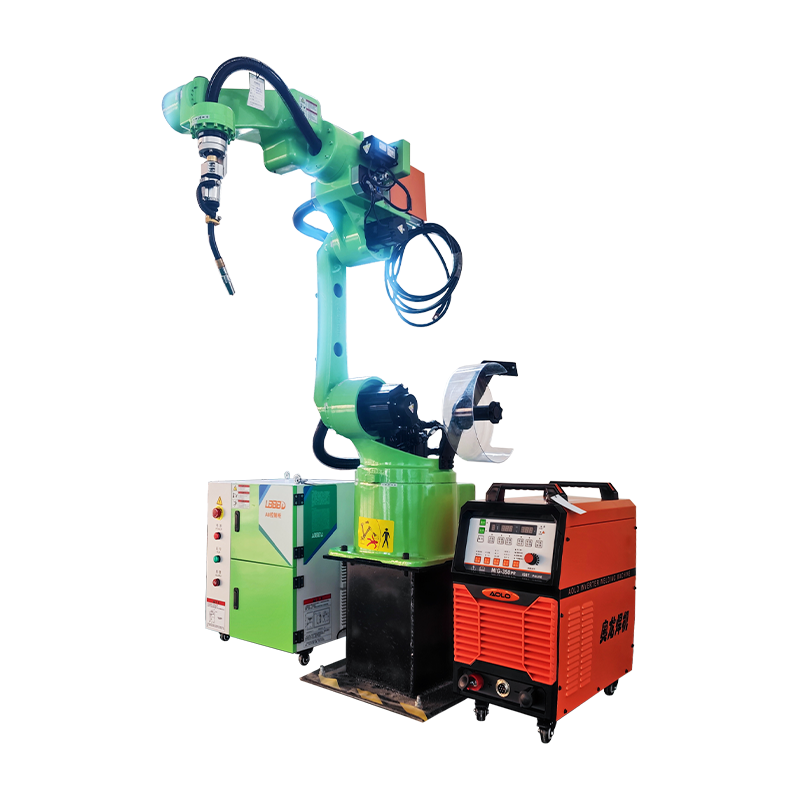









Contact Us